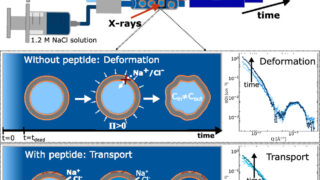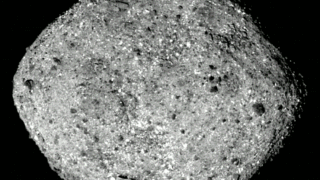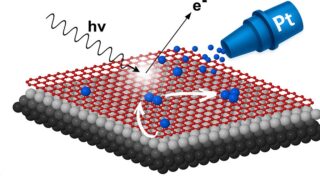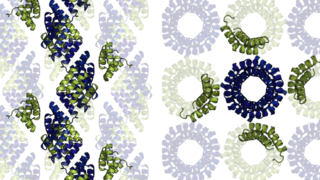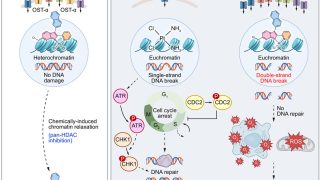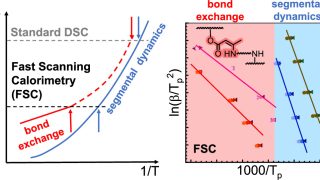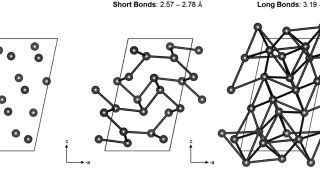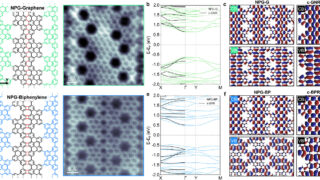
A new two-dimensional carbon allotrope combining graphene and nanoporous design
Chemistry • DIPC Advanced materials • DIPC Electronic Properties • Materials
Carbon is one of the most versatile elements in the periodic table. Beyond the familiar forms of graphite and diamond lies a rich family of carbon structures with surprising and useful properties. Among these, graphene, a single two-dimensional (2D) allotrope consisting in a layer of carbon atoms arranged in a perfect hexagonal lattice, has captivated […]
